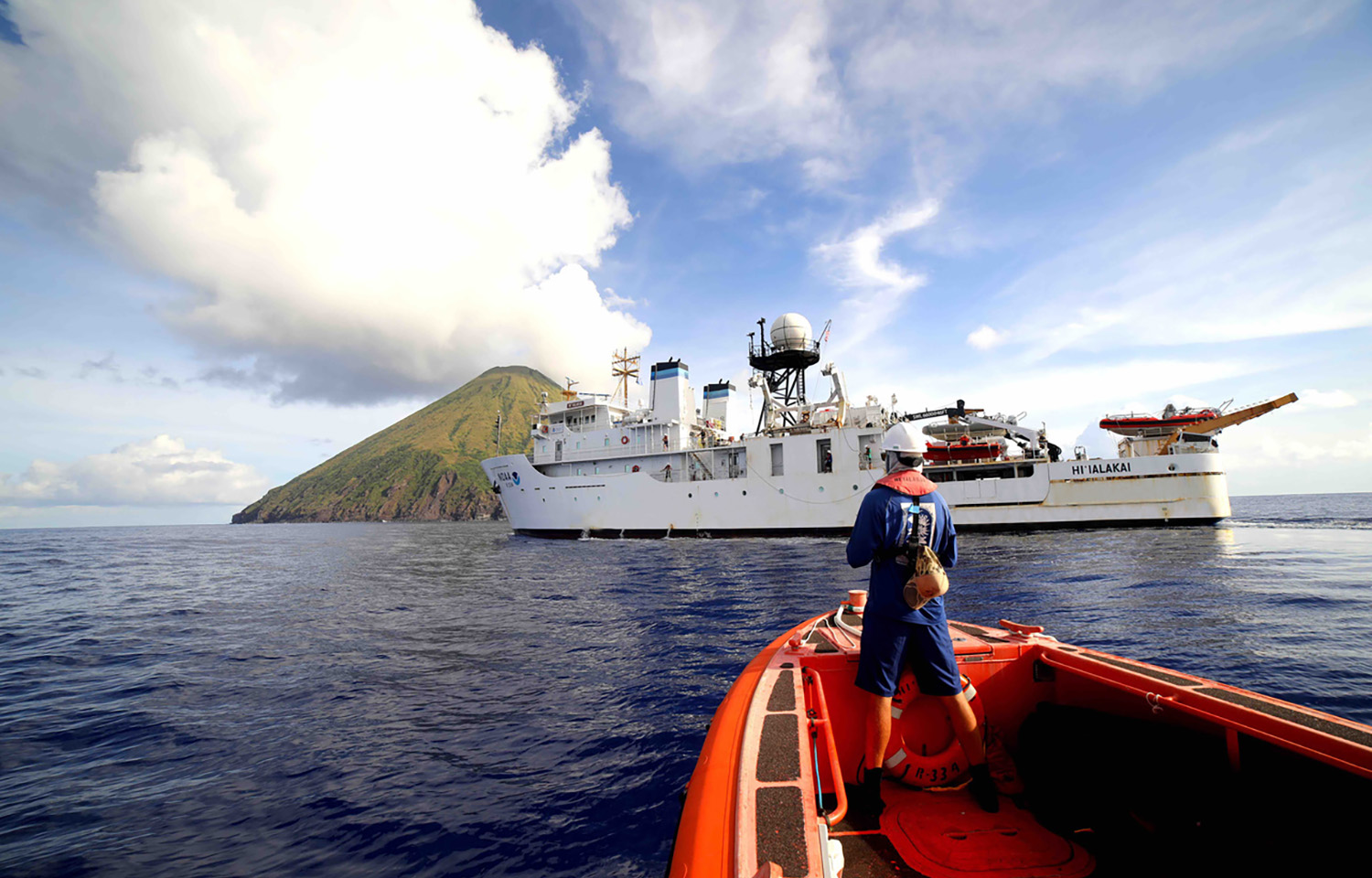The U.S. Senate Appropriations Committee has voted to fully fund NOAA Fisheries’ USD 1.1 billion (EUR 1 billion) 2025 budget request, setting it at odds with the U.S. House Appropriations Committee’s plans to slash the agency’s budget by 22 percent.
The Democrat-led committee voted to allocate USD 1.2 billion (EUR 1.1 billion) for NOAA Fisheries’ operations, research, and facilities budget, roughly USD 53 million (EUR 49 million) more than the agency requested. Most of the additional funding was split roughly evenly between the protected resources science and management budget and the fisheries science and management budget. USD 5 million (EUR 4.6 million) was added to the habitat conservation and restoration budget.
The committee proposal received bipartisan support, with senators recommending the legislation in a 26-3 vote.
The bill is now on a collision course with the House, where Republicans have vowed to make deep cuts to discretionary spending. In a narrow 31-26 vote, the House Appropriations Committee recommended reducing NOAA Fisheries operations, research, and facilities spending to USD 865 million (EUR 795 million), USD 248 million (EUR 228 million) less than Congress allocated to the agency for fiscal year 2024.
“Unfortunately, our nation is on an unsustainable fiscal path for all mandatory and discretionary spending,” Subcommittee Chairman U.S. Representative Hal Rogers (R-Kentucky) said in a statement. “These ill-advised spending trends require us to make difficult decisions for the future of our country. Importantly, we must all do our part."
Congress gave NOAA Fisheries slightly less money than it requested for fiscal year 2024, partly due to a debt-ceiling compromise between the White House and then-House Speaker Kevin McCarthy that limited discretionary spending. After failing to meet the 1 October budget deadline and passing a continuing resolution to keep the government operating, Congress finally passed its fiscal year 2024 appropriations bills in March.
The Senate Appropriations Committee’s report on the bill includes more than 70 provisions detailing what lawmakers want the agency to do in 2025.
A major concern for the senators is the plight of critically endangered North Atlantic right whales. The Senate bill includes an extra USD 4 million (EUR 3.7 million) for right whale research, monitoring, and conservation. The senators also set aside USD 5 million to support a real-time monitoring and mitigation pilot program for tracking large whales.
The bill also includes USD 30 million (EUR 28 million) for the Atlantic States Marine Fisheries Commission to pay for testing and using innovative gear in the Northeast lobster and Jonah crab fisheries. Conservationists have warned that the vertical ropes used in traditional lobster and crab gear pose an entanglement threat to North Atlantic right whales, calling on the industry to adopt ropeless gear and other innovations to reduce that danger.
The Senate committee report also encourages NOAA Fisheries to abandon the use of “worst case” scenarios and assumptions in forecasting right whale populations and crafting regulations, seemingly in response to a lawsuit Maine lobstermen won against NOAA Fisheries last year. In June 2023, a court of appeals ruled that NOAA Fisheries overstepped its authorities in using worst-case scenarios in developing a biological opinion for the lobster fishery. That biological opinion, which the court vacated, would have required lobstermen to switch to new gear. Now, Senate lawmakers are backing the court’s interpretation and calling on NOAA Fisheries to use a “most reasonably certain to occur” standard for right whales.
Another major concern highlighted in the report is the state of NOAA Fisheries’ survey efforts.
“The Committee is concerned that [NOAA Fisheries] is not prioritizing and maintaining the needed level of fisheries survey coverage, despite having received more than the requested funding in previous fiscal years,” the lawmakers said.
Senators also brought up these concerns in 2023, although NOAA Administrator Richard Spinrad assured lawmakers the agency was back on track following Covid-19 and workforce-related challenges.
Still, senators on the committee remain concerned. The 2025 appropriations bill includes an extra USD 15 million (EUR 14 million) for Fisheries Data Collections, Surveys, and Assessments and directs the agency to maintain historic levels of survey coverage.
NOAA Fisheries recently announced major changes to its Alaska fisheries surveys as part of a larger reprioritization of its survey portfolio.
Additionally, the bill sets aside USD 4 million for a Fishery Survey Contingency Fund that can be used to charter commercial vessels or purchase commercial data to supplement government survey efforts. It also provides USD 3 million (EUR 2.8 million) to create pilot program for an industry-based fishery survey.
The Senate version echoes some of the House committee’s concerns over red snapper surveys and the management of recreational fisheries in the Southern U.S., but it doesn’t go as far as the House report. The Senate version provides USD 1 million (EUR 920,000) to validate the Great Red Snapper Count, while the House version provides USD 5 million. Like its House counterpart, the Senate report is critical of the Marine Recreational Information Program, but it does not provide funding to help states supplant that program.
Having been recommended by the committees, the Senate and House appropriations bills will next need to be voted on by their respective bodies. Any differences between the two bills will need to be arbitrated in conferences before being passed by all of Congress and sent to the president to be signed into law.








